The Bihar Provincial Kisan Sabha 1929-1942: A Study of an Indian Peasant Movement
On December 5th, 1920, in Patna, the Dasnami Sannyasi Sahajanand Saraswati encountered Mahatma Gandhi for the first time. Sahajanand was already known in social-reform circles in Bihar as an energetic activist and educator working to promote bhumihar Brahman identity. Inspired by the Mahatma radical reformulation of Indian nationalism, ‘the Swami’ (as Sahajanand would soon come to be known) threw himself into nationalist politics and the Indian National Congress. Within a decade, moved by the plight of tenant-farmers struggling against excessive rent demands and abusive landlord ‘extractions’, the Swami had spearheaded the formation of the Bihar provincial Kisan Sabha. This organization quickly became the largest organization of its kind in India, catapulting the Swami onto the National stage. By the early mid-1930s the Swami had publicly broken with both the Mahatma and the ‘Gandhian’ and had made common cause with the left wing of the Congress. Later, as the storm clouds of world War II gathered on the horizon, he joined forces with the forward Bloc and the Communist party of India. By the time of his death in 1950, The Swami, disillusioned with politics, had dissociated himself from all parties. This pioneering 1961 Study by Walter Hauser, tracks the history of the Bihar peasant movement as it both influenced and was buffeted by National and international politics. Hauser offers here a penetrating analysis of the character of the movement and the mind of its leader as he grappled with and gravitated toward marxism-leninism in the 1930s and 1940s. Initially written as a phd dissertation at the University of Chicago, Hauser’s path-breaking Bihar provincial Kisan Sabha, 1929-1942 is now being published in its entirety for the first time. The volume includes a ‘foreword’ by one of Hauser’s many students, William R. Pinch.
Get it now and save 10%
BECOME A MEMBER

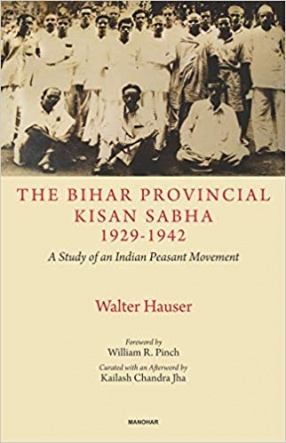
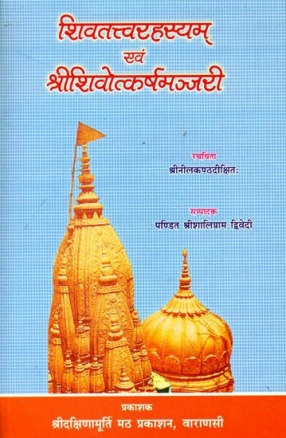

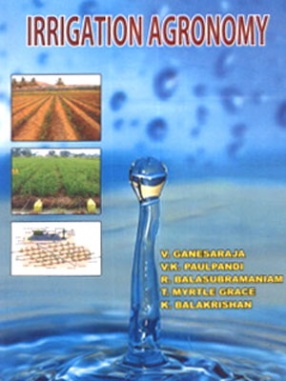
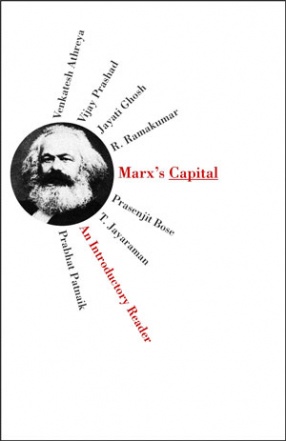
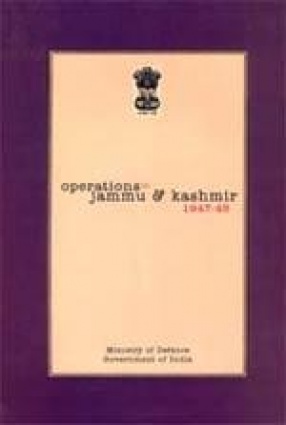


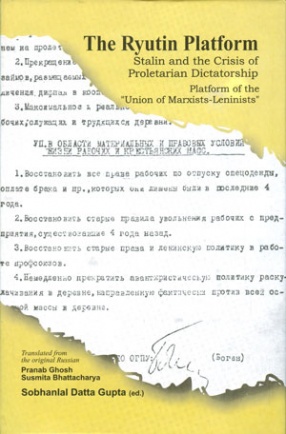

Bibliographic information
Ors .
William R. Pinch